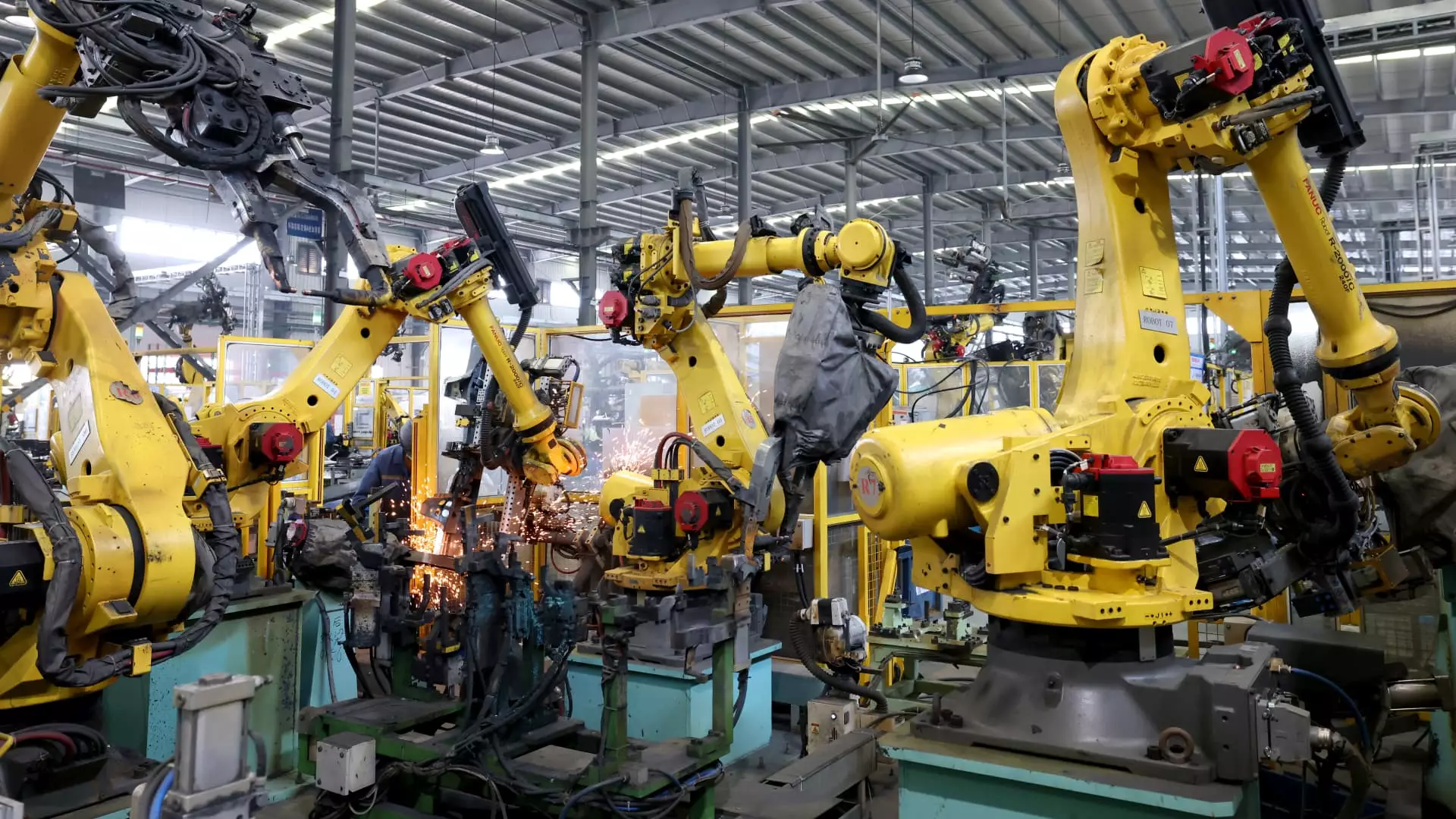In a notable shift, China’s Purchasing Managers’ Index (PMI) for October has registered at 50.1, indicating an expansion in manufacturing activity for the first time since April. This incremental yet significant growth surpasses expectations set at 49.9, as revealed in a recent Reuters poll, and marks a slight rise from September’s figure of 49.8. The 50-point threshold serves as a critical demarcation line between contraction and expansion; thus, October’s results provide a much-needed signal of recovery. The last reading above this pivotal line was in April, where the index stood at 50.4.
Zhiwei Zhang, the president and chief economist at Pinpoint Asset Management, has expressed a cautiously optimistic outlook concerning the economic momentum heading into the fourth quarter. Zhang anticipates moderate improvement as monetary and fiscal policies are expected to loosen. This expectation gains further traction as China’s National People’s Congress is set to reconvene soon, where the government is rumored to unveil fiscal stimulus measures aimed at bolstering economic performance. Such strategies are critical in addressing the latent challenges that have impeded China’s economic growth.
An examination of the sub-indices reveals a mixed bag of results. The production sub-index hit a promising 52, while new orders managed a modest reading of 50. Unfortunately, inventory levels of raw materials remained in contraction territory at 48.2, as did employment figures, which increased slightly to 48.4. Interestingly, the non-manufacturing PMI recorded an uptick to 50.2, up from September’s 50, albeit still short of August’s figure of 50.3. These numbers indicate that while certain sectors are beginning to show signs of life, particularly in manufacturing, the broader non-manufacturing sector still faces hurdles, especially concerning employment, which stands at a concerning 45.8.
Recent survey findings from the U.S.-based China Beige Book’s research involving 1,436 Chinese businesses provide additional insights into the manufacturing landscape. Conducted between October 18 and 25, the survey reported improvements in manufacturing output compared to the previous year, coupled with a surge in both domestic and export orders. Notably, the decline in export orders from the U.S. appears less severe in October, hinting at a possible stabilization in international markets.
China’s economic landscape has been plagued by subdued consumer activity and challenges in the real estate sector, yet exports have continued to shine as a potential stabilizing factor. The recent uptick in stock markets following several high-profile stimulus announcements accentuates the crucial role that governmental policy will play moving forward. President Xi Jinping’s call to enhance fiscal and monetary policy support may well be pivotal in helping the country navigate the current economic uncertainties while fostering a healthier environment for business growth in the months to come.
While the path ahead is fraught with challenges, October’s PMI data reveals a resilient China making cautious strides toward recovery, buoyed by supportive policymaking and emerging positive trends in both manufacturing and exports.

Leave a Reply